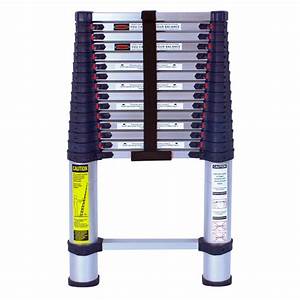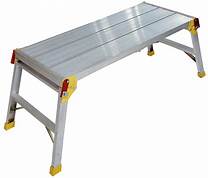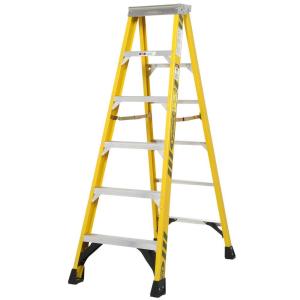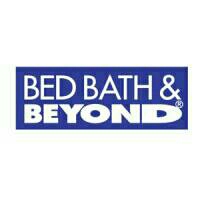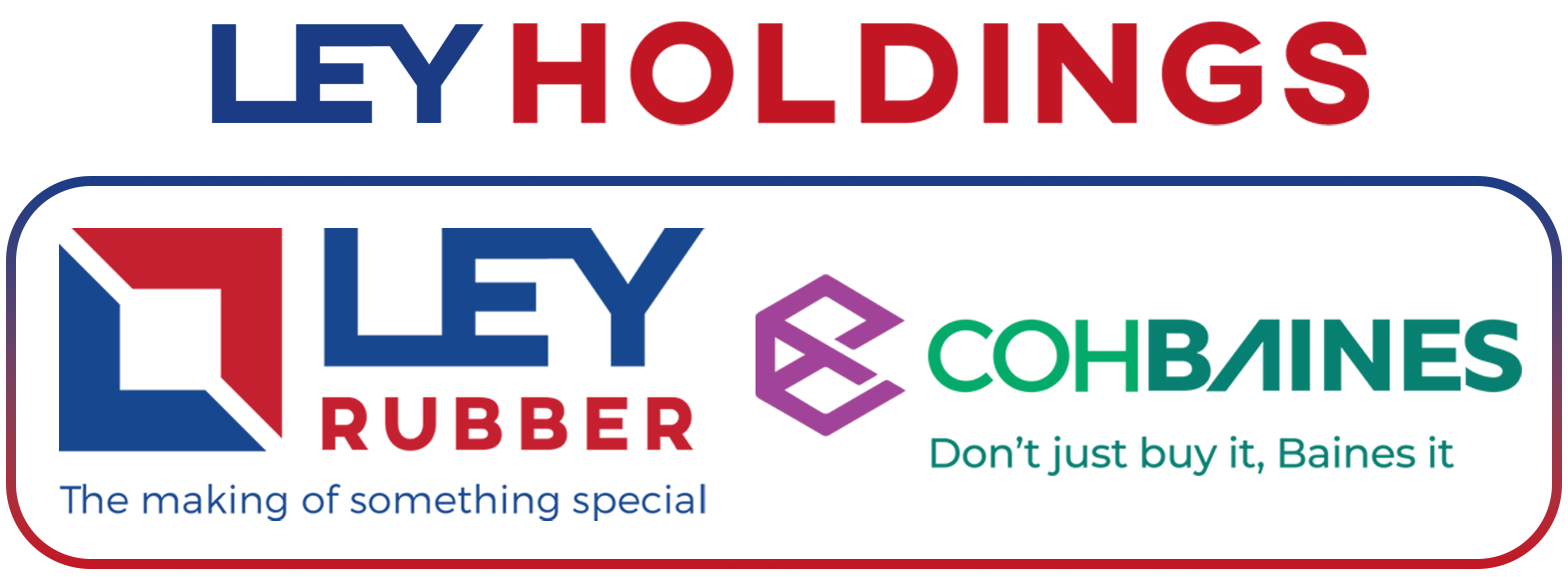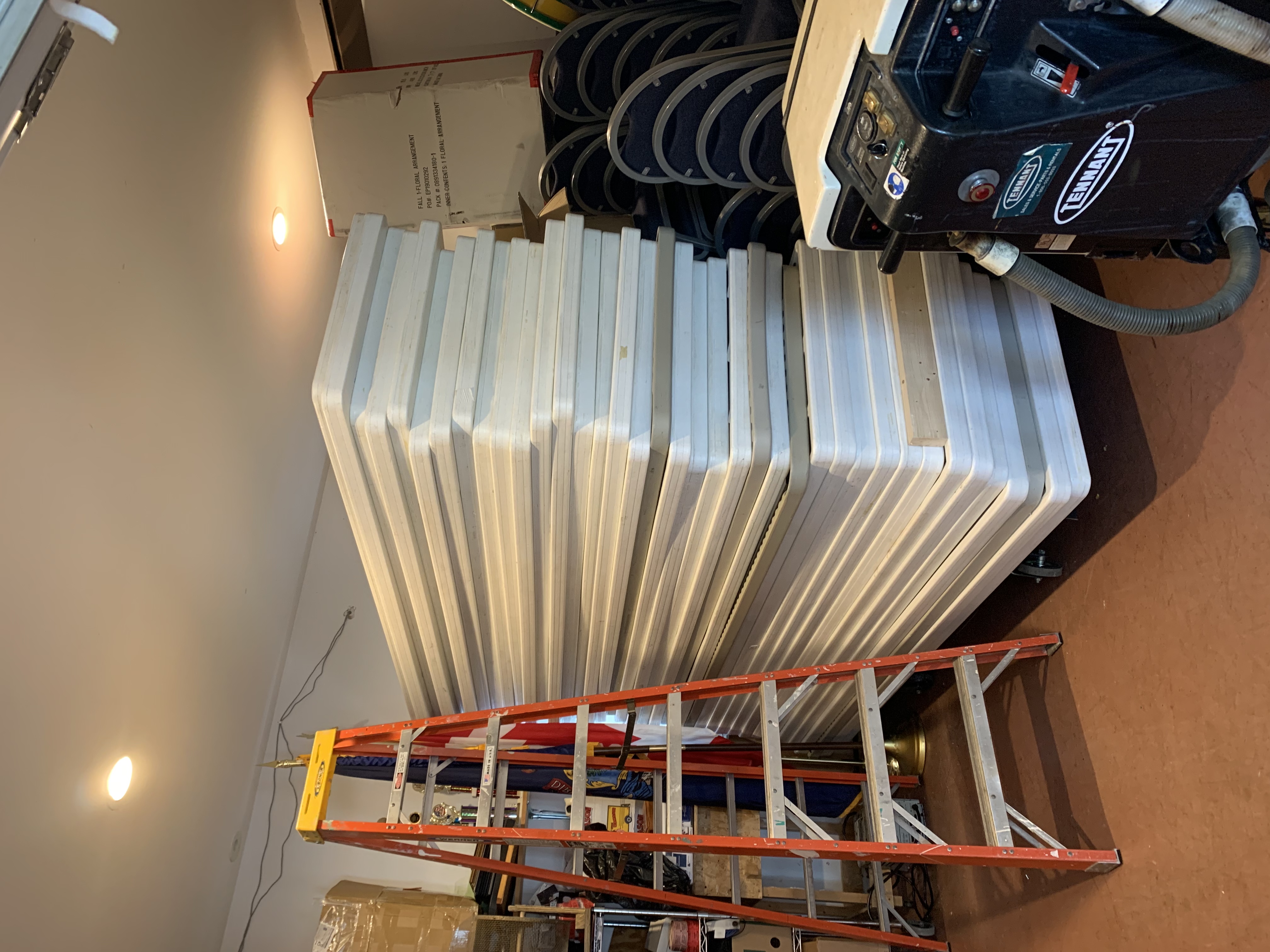Title Page
-
Site conducted
-
Conducted on
-
Prepared by
-
Is the Identity mark/ladder tag in place/legible?
-
What is the Ladder ID Number
General
-
Are there loose steps or rungs (considered loose if they can be moved at all with the hand)?
-
Loose or protruding nails, screws, bolts, rivets or other metal parts?
-
Are there any cracked, split or broken uprights, braces, steps or rungs?
-
Cracks or impact damage?
-
Slivers on uprights, rungs or steps?
-
Damaged worn or missing non-slip feet/bases?
-
Clean and free of oil, mud, paint, corrosion etc.?
Stepladders:
-
-
Wobbly or unstable (from side strain)?
-
Loose or bent hinge spreaders?
-
Stop on hinge spreaders broken?
Telescopic Ladders:
-
-
Loose/broken or stiff latches?
-
Rust or corrosion on frame?
Work Platforms:
-
-
Loose hinges?
-
Wobbly or unstable?
-
Stop or hinge spreader broken?
-
Platform bent or cracked?
Overall Condition:
-
Note: If you have answered Yes to ANY of the above, the ladder must be removed from use, marked with a label to ensure further use is prohibited and returned to the service yard. All repair work to ladders and steps may only be carried out by a competent person.
-
Is the equipment free from any defects and safe to use?
-
Inspection carried out by?
-
Select date







